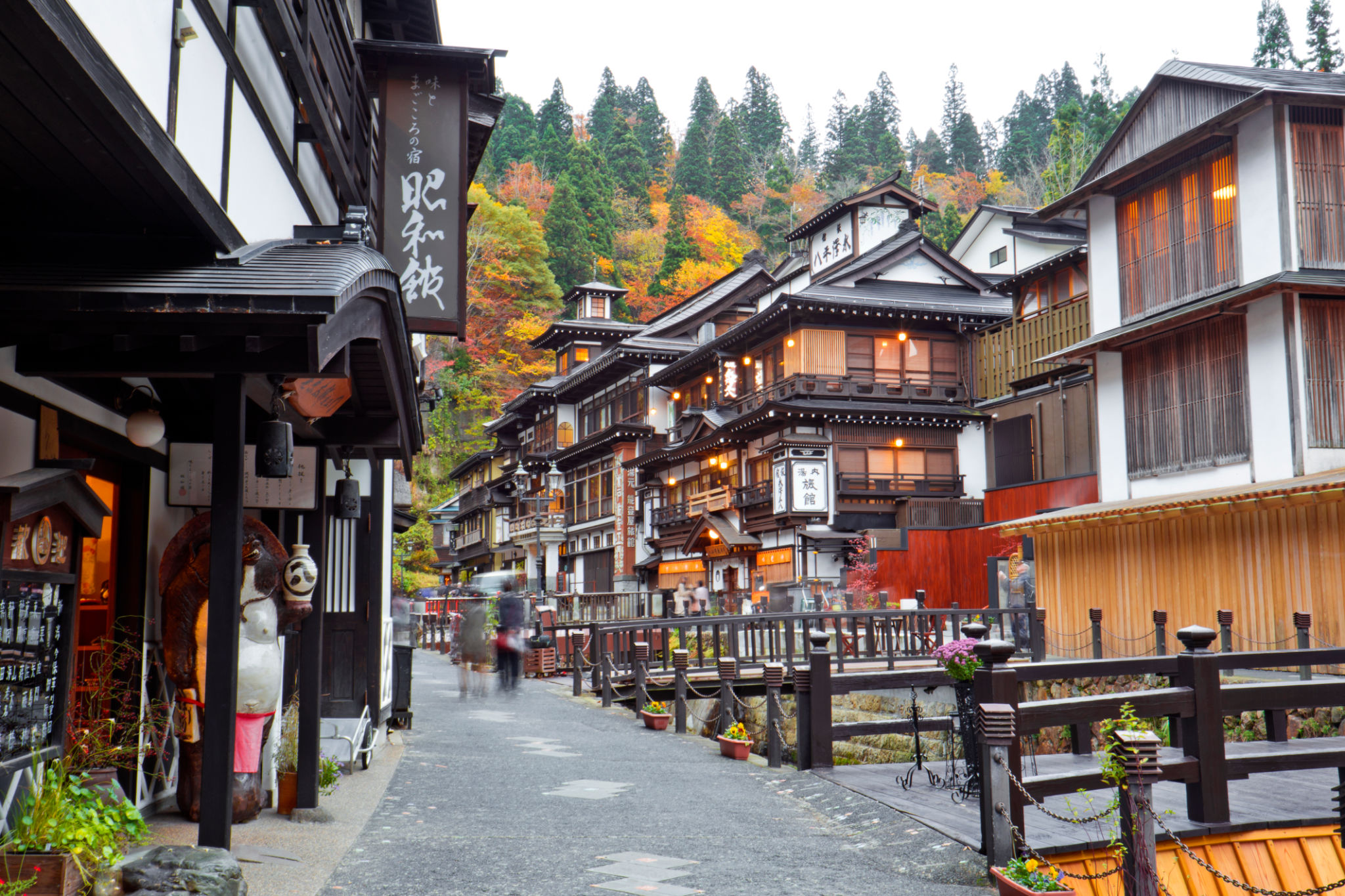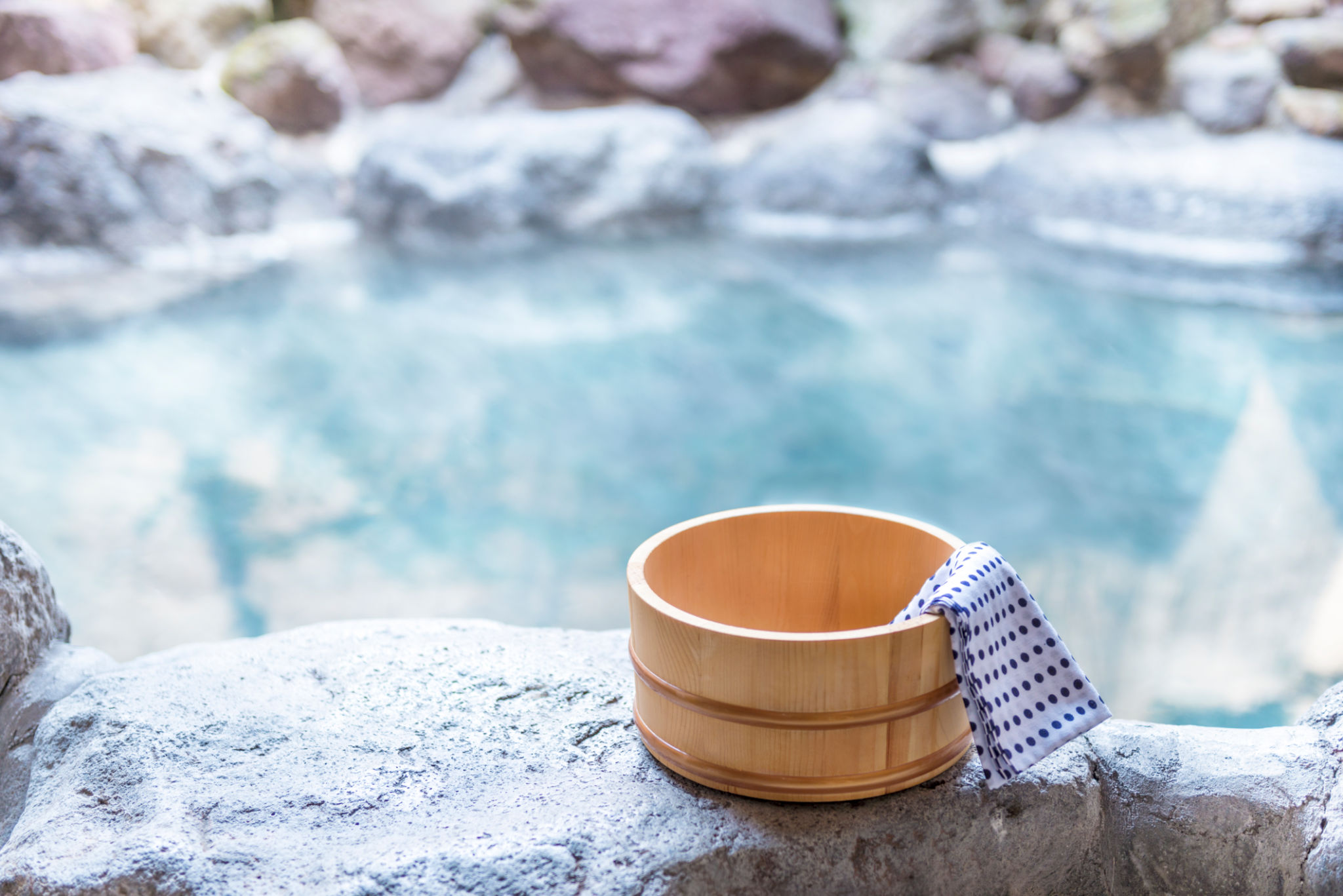A Guide to Experiencing a Traditional Ryokan in Shikoku
Introduction to Ryokan
Nestled in the serene landscapes of Shikoku, Japan, a traditional ryokan offers an unparalleled experience of Japanese hospitality and culture. These traditional inns provide a glimpse into the country's rich heritage, combining exquisite architecture, calming hot springs, and delectable cuisine.

What to Expect During Your Stay
Staying at a ryokan is not just about accommodation; it's an immersive cultural experience. Upon arrival, you'll be greeted by the inn's staff, often dressed in traditional attire. Expect to remove your shoes before stepping onto the tatami-matted floors, a gesture that respects the sanctity of the space.
Traditional Rooms and Futons
Ryokan rooms are typically minimalist yet elegant, featuring sliding paper doors and low wooden tables. Instead of beds, you will sleep on futons, which are laid out each evening by the staff. This traditional sleeping arrangement allows for a restful night's sleep.

The Onsen Experience
A highlight of any ryokan stay is the onsen, or hot spring bath. These baths are often filled with mineral-rich waters that are soothing for both the body and mind. It's customary to thoroughly cleanse yourself before entering the onsen, ensuring a peaceful and hygienic experience for everyone.
Etiquette in the Onsen
When visiting the onsen, remember to respect local etiquette. Bathing suits are generally not permitted, and it is important to maintain a quiet atmosphere. Many ryokans offer both public and private bathing options, catering to different comfort levels.

Culinary Delights
No ryokan experience is complete without indulging in a kaiseki meal, a multi-course Japanese dinner that highlights seasonal ingredients and local specialties. Each dish is visually stunning and meticulously prepared, offering a feast for both the eyes and palate.
Breakfast Traditions
The culinary journey continues in the morning with a traditional Japanese breakfast. Often served in your room or a communal dining area, this meal typically includes rice, miso soup, grilled fish, and pickled vegetables, setting you off to a great start for the day.
Exploring Shikoku
While the ryokan provides a serene retreat, Shikoku itself is brimming with natural beauty and cultural sites. From the breathtaking Iya Valley to the historic Ritsurin Garden, there's plenty to explore beyond the ryokan's walls.
Shikoku is also famous for its pilgrimages and temples, offering opportunities for spiritual reflection and connection with Japan's deep-rooted traditions.

Conclusion
A visit to a traditional ryokan in Shikoku is more than just staying at an inn—it's an embrace of Japanese culture and hospitality. Whether you're soaking in a tranquil onsen or savoring a carefully crafted meal, this experience promises memories that will last a lifetime.
